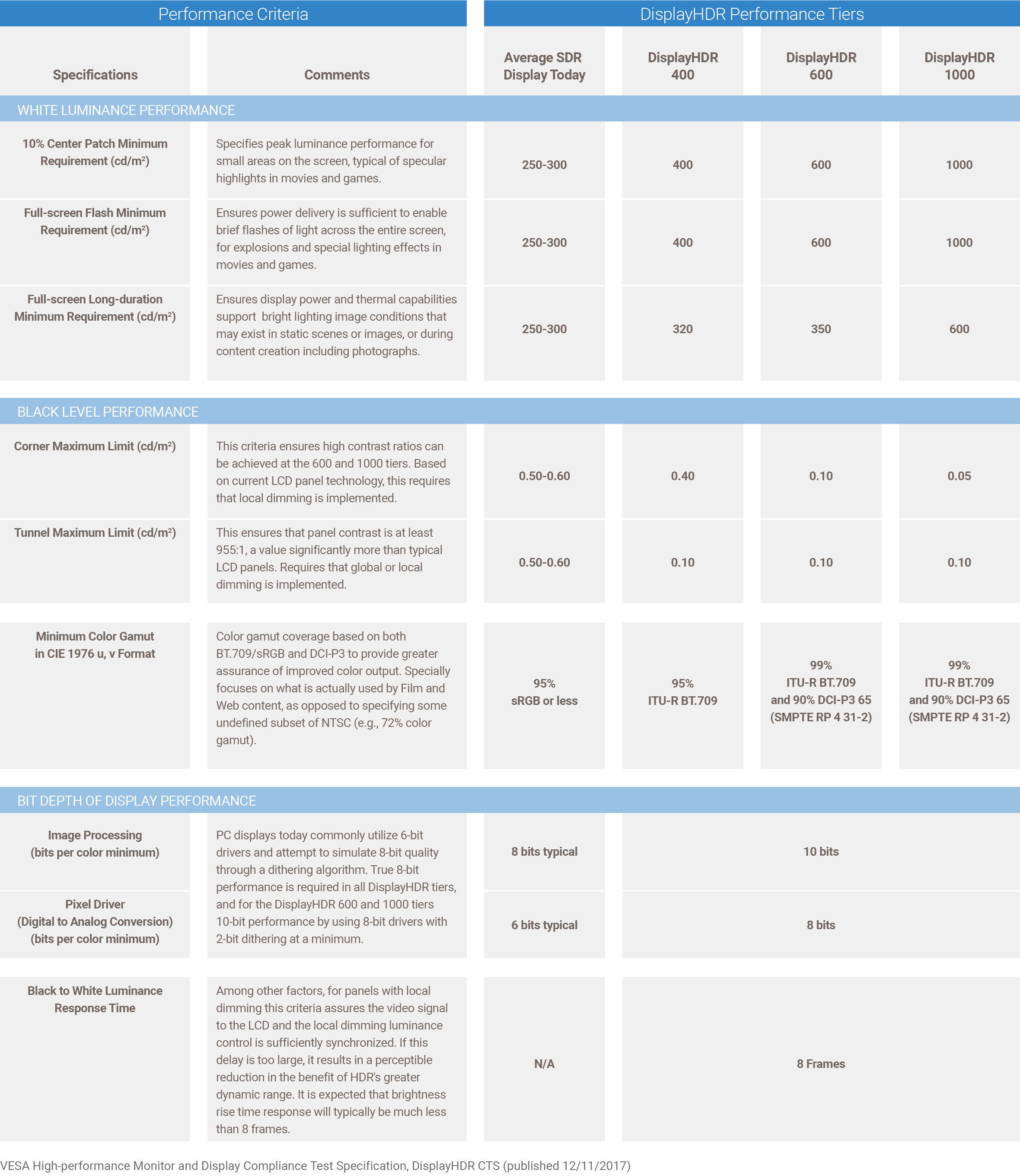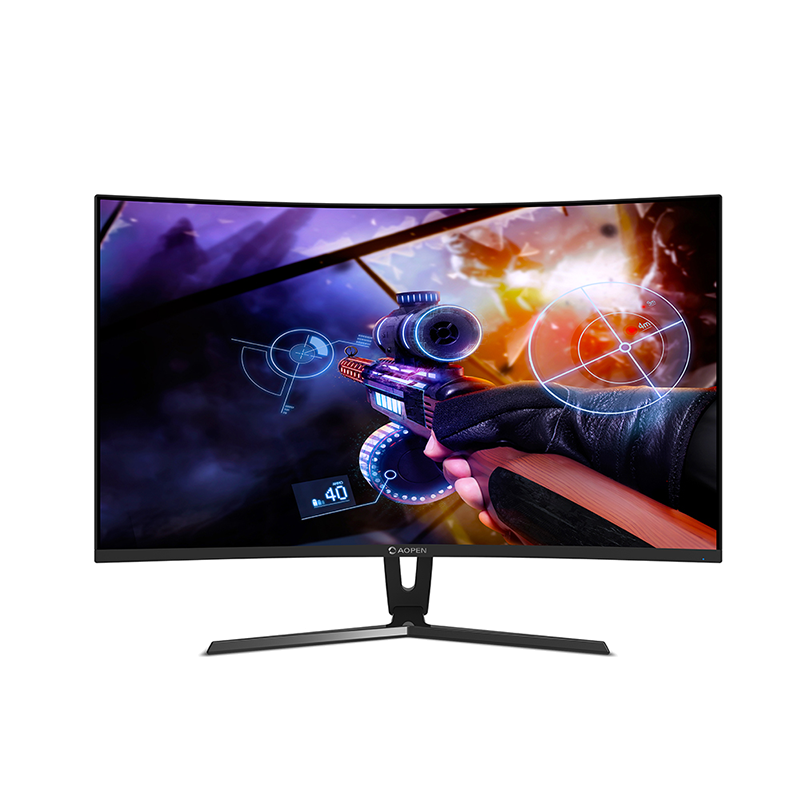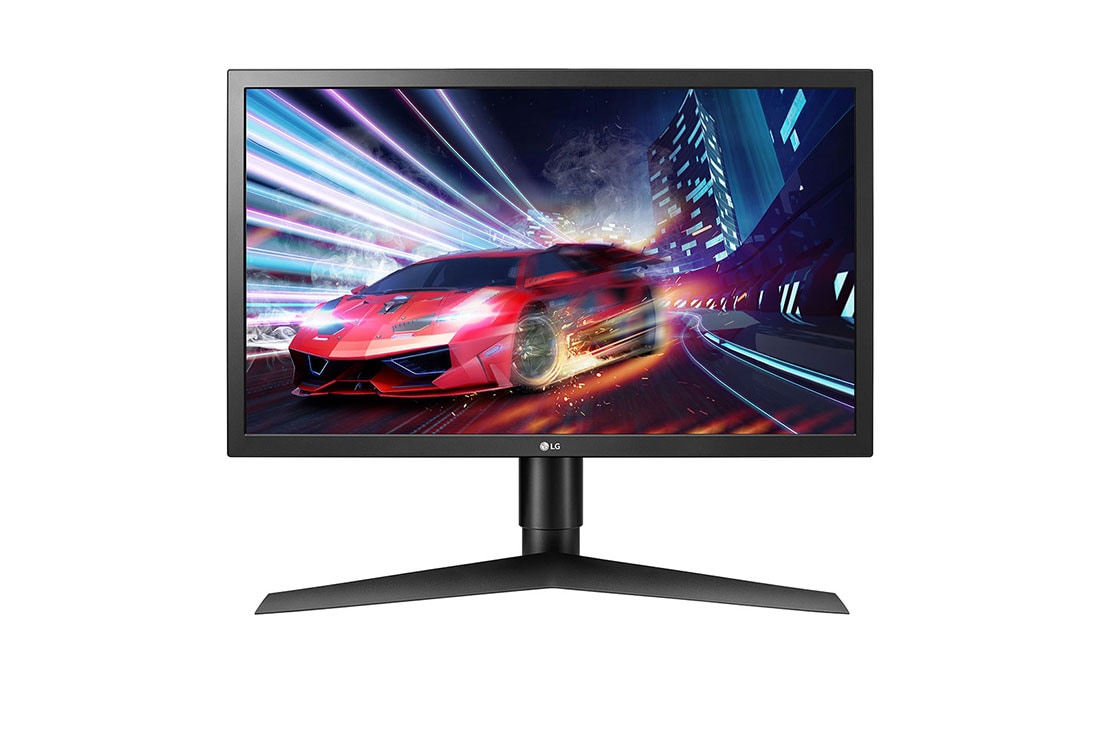Introduction
Gaming. The World’s biggest and most profitable form of entertainment. With an estimated revenue of $179.7 billion in 2020 it is bigger than movies and most sports industry revenue combined.
We all play games. We always talk about big high clock speed CPU’s, shiny new graphics cards, faster RAM that’s better and faster [and often more expensive] than the previous versions and we all want the latest and greatest. But are these parts the things we interact the most with? No.
We interact with Displays. TV’s, Monitors… And more often than not, we decide to skimp on a monitor while pouring more money into some other PC parts. But in doing so we are not only limiting the system of delivering the beautiful performance it is capable of producing, but also limiting our enjoyment.
But does that mean we also have to spend an eye watering amount on monitors? No absolutely not. Today i will list 5 of the best gaming Monitors you can buy under Rs 15000 and have a great time in gaming and maybe even content creation and professional work.
But before we do that, lets first learn about some of the technical terms used in Display space and what they mean. Trust me, follow along and they will make sense and even come handy not just for now, but also in the future.
Refresh rate
Refresh Rate is the number of times per second that a display can show a new image. The higher the number, the smoother and faster it is.
Most common refresh rate on any display is 60hz. If you are a gamer, you would preferably want a refresh rate of at least 120hz or more.
Most common high refresh rates used in Monitors are 144hz, 165hz and 240hz. Which means they can show 144, 165 and 240 new images every second on their respective displays.
Simply put, you will not experience the blurring effect that occurs when moving too fast in a game, making it feel easier on your eyes. Also, simple activities like regular scrolling in a web browser or moving the mouse cursor would feel much smoother than on a 60hz monitor as a side effect.
Please note Refresh Rate is not the same as Frame Rate. A Frame Rate is the number of frames your computer [the graphics card more precisely] can produce per second. Your PC can produce 300 frames per second but if you are stuck on a 60hz display you cannot fully take advantage of the extra frames.
Response Time
Every display has millions or even billions of pixels. A Pixel Response Time is defined as the time it takes for a pixel to change from one colour to another. This is normally measured in “GTG” or “Grey to Grey” time where the measured is the time a pixel takes from changing from one shade of grey to another. Most monitors have a GTG time of 8 milliseconds or 8ms. Any higher and the image looks blurry.
The best possible refresh rate displays currently in the market are 1ms.
The higher the refresh rate, the smoother, faster and more accurate it is to track an object displayed on the screen.
TN vs IPS vs VA panels
There are 3 main panel types.
- Twisted nematic (TN): This is the most traditional type of LCD panel.
- In-plane switching (IPS): LG coined this term. Similar technology is known as “plane-to-line switching” (PLS) by Samsung, and “advanced hyper viewing angle” by AU Optronics (AHVA). They’re all equal.
- Vertical alignment (VA): Samsung calls it “super vertical alignment” (SVA), while AU Optronics calls it “advanced multi-domain vertical alignment” (AMVA). Many of them have the same characteristics.
- TN or Twisted Nematic panels
The first mass-produced flat screen displays used TN panels.
They were instrumental in making the bulky cathode ray tubes (CRTs) obsolete, and they are still manufactured in large quantities today.
There are some significant disadvantages of TN display technology. One of the drawbacks is the limited viewing angles, particularly on the vertical axis. When viewing a TN panel from an extreme angle, it’s not uncommon for the colours to fully invert. Its colour reproduction is also not very well.
Most TN panels can’t show 24-bit true colour, so they have to rely on interpolation to get the right shades.
As compared to IPS or VA, this may result in clear colour banding and lower contrast ratios.
- In-plane switching (IPS)
IPS is a type of LCD monitor panel that stands for In-Plane Switching. It was developed to improve the image quality of TN panel technology. As compared to other LCD technologies, the most notable selling point of In-Plane Switching panels is their stability, better viewing angles, and superior colour accuracy.
Regardless of where it is on the monitor, each colour shade maintains its distinct identity and distinctiveness. These features make IPS panels ideal for graphic design work as well as gamers who want the best visuals possible (but don’t mind a lower response rate). When using an IPS panel, one of the most noticeable flaws is a shimmer or sheen on the screen.
When displaying dark content, one of the most noticeable flaws of IPS displays is a shimmer or sheen on the monitor. When viewing the display from a wider angle, the glitch becomes more apparent.
- Vertical alignment (VA):
VA panels (Vertical Alignment) are a good compromise between TN and IPS panels. VA was created to combine the benefits of IPS and TN tables, and it mostly succeeded, but again with some compromises.
When compared to IPS panels, VA panels have a higher refresh rate potential. There are a handful that are above 60Hz, despite the fact that the majority are currently 60Hz. With improved colour reproduction, higher maximum brightness, and better viewing angles, VA panels outperform TN panels.
While VA panels have the best contrast ratios of all the panel types discussed, they also have the slowest response times of all the display technologies discussed. This triggers blurring of fast-moving images, which is bad for gaming.VA panels are a jack-of-all-trades type of panel.
VA is not the best choice for gaming because of its slower response time as compared to other panel types; this slower response creates more motion blur, essentially preventing its use in fast-paced games.
VA panels have high contrast ratios, brightness, refresh speeds, good colour reproduction, and good viewing angles for a general work display.
Backlight glow
Backlight glow (also known as backlight bleed) is a common issue with IPS panels, which essentially means that if you attempt to display a completely black picture on your monitor in full-screen mode and create a pitch black area, you would be able to see the IPS panel’s inaccuracies. At different parts of your screen, you can note a faint yellowish colour of the backlight.
When people see this, they become alarmed and often request a replacement, only to be frustrated by another display with a glowing backlight.
Almost all IPS panels have some sort of backlight glow, which can be disconcerting to see in your new display, but it’s important to remember that this is a feature of the technology.
And, with a black picture on the screen, this is only noticeable in very dark areas.
This occurs because the IPS monitor is unable to fully switch off all of the lights behind the screen, resulting in non-uniformity.
Cameras try to adapt to the low light atmosphere to make it look worse than it really is, so images shared online are often exaggerated.
If you keep some lights on when using your monitor, you can solve this issue.
If you want a dark room, use bias lighting at the very least.
Input Lag
The time between transmitting an electrical signal and the occurrence of a subsequent event is known as input lag. For example, the time between pressing a key on a keyboard and a letter appearing on the display is known as input lag.
In video games, input lag refers to the time it takes for a signal to reach the television or computer and be shown on the screen[1] (see display lag below), or the time it takes for a player to press a button and see the game respond.
A display with a high input lag can be unusable.
Adaptive Sync Technology
The dynamic adjusting of a monitor’s vertical refresh rate with the graphics card’s frame rate (GPU). Adaptive sync was designed for the video game industry to remove tearing, stuttering, and judder. Today, a gaming display must have a variable and customizable refresh rate in order to be marketed as such.
VESA standardised adaptive sync, which is available in VESA’s embedded DisplayPort (eDP) and DisplayPort 1.2a interfaces. Under the FreeSync brand, AMD supports VESA Adaptive-Sync.
G-Sync is an NVIDIA adaptive sync technology that requires both the card and the display to be present. G-Sync is a proprietary NVIDIA technology that is not VESA Adaptive-Sync compliant as of 2020.
Contrast Ratio
Contrast ratio is the ratio between the maximum and minimum brightness, or in other words, the ratio between the brightest white and the darkest black. A 1000:1 contrast ratio, for example, means that the brightness of a fully white image is 1000 times greater than that of a completely black image.
Since the disparity between black and white is greater, pictures with a higher contrast ratio have more saturated colours.
Basically, higher the contrast ratio, the better the display is to have more saturated colours, resulting in a better image quality.
In fact, you should aim for a contrast ratio of at least 1000:1. Most TN and IPS panels are limited to a 1300:1 aspect ratio. The ratio of VA panels can vary from 3000:1 to 6000:1, with the majority of panels falling in the 3000:1 range.
If you watch a lot of videos and images, contrast is crucial, as a higher contrast monitor can produce significantly better picture quality, so you should opt for a VA screen.
If your primary role is productivity-related, such as browsing websites and editing documents, then an IPS display can be preferable, even if contrast ratio is sacrificed.
Input Ports
Many modern monitors have a sufficient number of useful ports. Basically, you should check if a monitor has a Display port or not as is it more commonly used gaming than the underpowered HDMI 2.0 or the more recent and expensive HDMI 2.1.
Displayport or DP is the only way for most monitors to use both Freesync and High refresh rate at the same time. So you should always check for a Displayport option in any monitor you are looking to purchase.
High Dynamic Range
The ability of a monitor to display a wider range of contrast ratio and colour than an SDR (Standard Dynamic Range) display is referred to as High-Dynamic Range (HDR).
This means that the display can produce darker blacks and brighter colours, resulting in a more realistic picture.
The problem with HDR is that it is expensive. It needs at least a display capable of producing 400 nits. Any less is just software HDR which should be avoided.
True HDR effect comes from HDR 1000 and above.

(Image courtesy of Anandtech)
The top 5 gaming monitors under Rs 15000/-

The absolute best gaming monitor under Rs 15000 as of March 2020, the Acer Nitro VG240YS has emerged out as the jack of all trades and king of some.
PRO’S:
- Refresh Rate 165Hz
- IPS Panel Type
- 2xHDMI (2.0) + 1xDP (1.2)
- Full HD IPS Panel with Radeon FreeSync Technology
- Overclocked to 165 Hz Refresh Rate
- Wide Viewing Angle [178 degrees]
CONS:
- Display Resolution 1920×1080 is a bit on the lower end by today’s standards
- So is the display size of 24″
- 1ms Response Time is advertised but physically impossible in IPS panels.
- With 250 nits of peak brightness, the HDR is software only and pretty bad.

This Monitor was the previous top IPS gaming monitor in India, only recently surpassed by the newer Acer model. Let’s take a closer look at the specs.
PRO’S:
- Refresh Rate 144Hz
- IPS Panel Type
- 2xHDMI (2.0) + 1xDP (1.2)
- Full HD IPS Panel with Radeon FreeSync Technology
- Wide Viewing Angle [178 degrees]
CONS:
- Display Resolution of 1920×1080
- Display size of 24″
- 1ms Response Time is advertised but physically impossible in IPS panels.
- With 250 nits of peak brightness, the HDR is software only and pretty bad.
- Refresh Rate cannot be Overclocked.
- Older versions of this monitor had some flicker issues.
- Height is not adjustable

VA and especially Curved gaming monitors are always a curious case of design and technological choices made by the manufacturer. Let’s see how it holds up to the competition.
PRO’S:
- Refresh Rate 144Hz
- 27 Inch Display size
- VA Panel Type
- 2xHDMI (2.0) + 1xDP (1.2)
- Radeon FreeSync Technology
CONS:
- Display Resolution of 1920×1080
- 4ms Response Time advertised.
- Refresh Rate cannot be Overclocked.
- Curved Monitors can be an issue for some people.

Yet another Acer product, you may ask? Well its because they have really tripled down on dominating the budget gaming monitor market, and it shows. Let’s take a look.
PRO’S:
- Refresh Rate 144Hz
- Advertised 0.5 sec of Response Time due to the TN panel.
- 2xHDMI (2.0) + 1xDP (1.2)
- Radeon FreeSync Technology
- Overclockable to 165hz
CONS:
- Display Resolution 1920×1080
- TN Panel Type
- Display size of 24″
- Lower viewing angles than IPS panels

PRO’S:
- Refresh Rate 144Hz
- True 1ms Response Time due to the TN panel.
- 2xHDMI (2.0) + 1xDP (1.2)
- Radeon FreeSync Technology
- Height is adjustable
CONS:
- Display Resolution 1920×1080 is a bit on the lower end by today’s standards
- TN Panel Type
- So is the display size of 24″
- Lower viewing angles than IPS panels
- Non overclockable refresh rate.
What’s interesting about the best LG gaming monitor in this budget is that while LG has innovated the IPS panel technology and even hold the patent for it, it’s weird that they themselves chose to stick with a TN panel display while the rest of the pack has used their own IPS tech in their products. LG, it’s time to play on even grounds.
Conclusion
The gaming monitor scene has improved tremendously in the last 3-4 years, showing a similar trend to the recent improved in the gaming scene, from CPU’s to Graphics cards to even consoles. Every product you can buy today, no matter how cheap in price, far outstrips the average or sometimes even the high-end products offered to gamers by companies just a few years back. Gaming has truly entered another Golden age.
Basically, anything you choose above a certain price and product category will give you a very satisfactory experience for years to come. And with the advent of High refresh rate IPS displays, if you are willing to accept slightly lower refresh rates than TN panels, you can even used them for Office and most creative workspaces.



